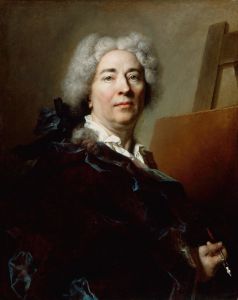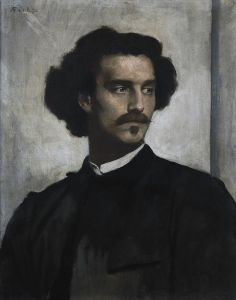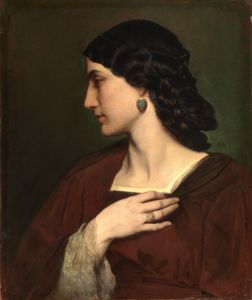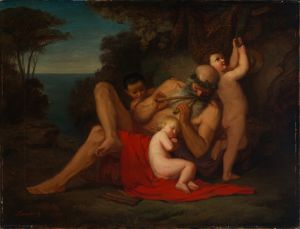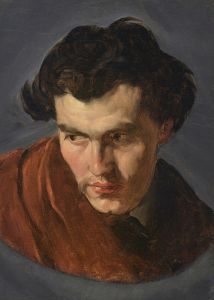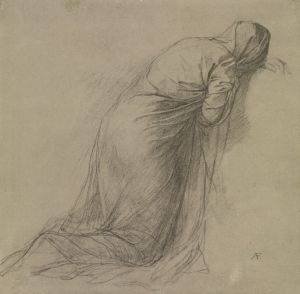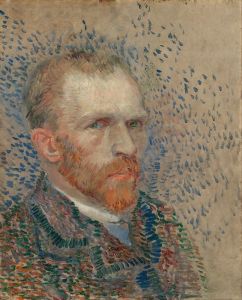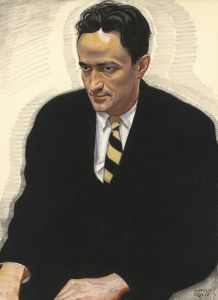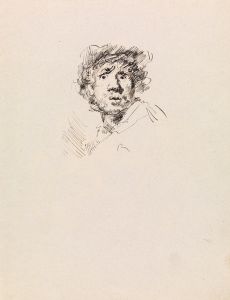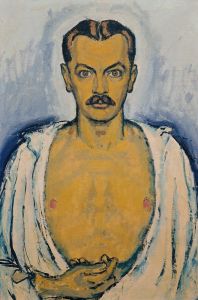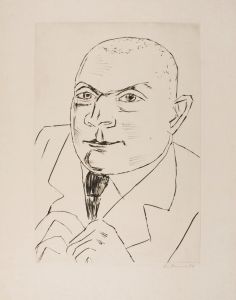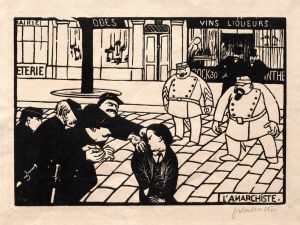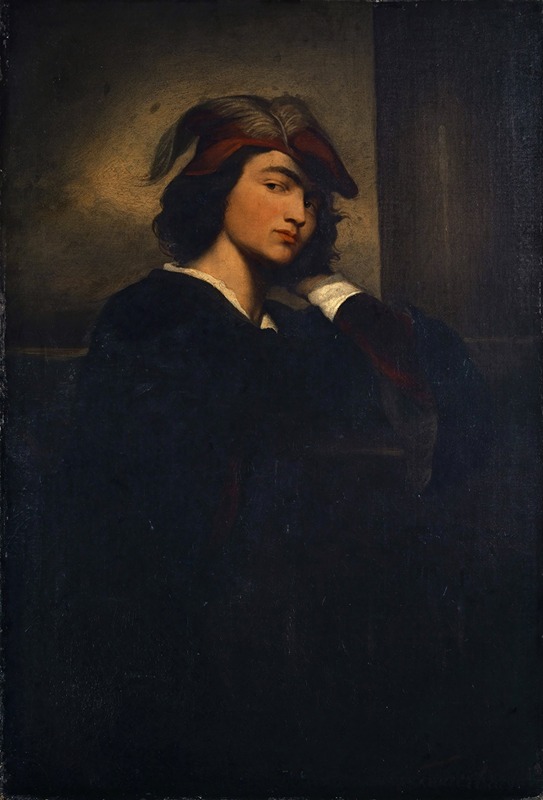
Self-Portrait
A hand-painted replica of Anselm Feuerbach’s masterpiece Self-Portrait, meticulously crafted by professional artists to capture the true essence of the original. Each piece is created with museum-quality canvas and rare mineral pigments, carefully painted by experienced artists with delicate brushstrokes and rich, layered colors to perfectly recreate the texture of the original artwork. Unlike machine-printed reproductions, this hand-painted version brings the painting to life, infused with the artist’s emotions and skill in every stroke. Whether for personal collection or home decoration, it instantly elevates the artistic atmosphere of any space.
Anselm Feuerbach's "Self-Portrait" is a notable work by the German painter, who was one of the leading figures of the 19th-century German art scene. Born on September 12, 1829, in Speyer, Germany, Feuerbach was a prominent member of the Düsseldorf school of painting, which was known for its meticulous attention to detail and historical accuracy.
Feuerbach's "Self-Portrait" is an oil painting that reflects his deep engagement with classical themes and his admiration for the Renaissance masters. The exact date of the painting is not definitively known, but it is believed to have been created during the mid to late 19th century, a period when Feuerbach was actively producing some of his most significant works.
In this self-portrait, Feuerbach presents himself with a serious and contemplative expression, which is characteristic of his introspective nature. The composition is straightforward, focusing on the artist's face and upper body, with a neutral background that does not distract from the subject. This simplicity allows viewers to engage directly with Feuerbach's gaze, which seems to convey a sense of introspection and self-awareness.
Feuerbach's technique in this painting is exemplary of his broader style, which combines precise, realistic detail with a soft, almost ethereal quality. His use of light and shadow is subtle yet effective, highlighting the contours of his face and giving the portrait a three-dimensional quality. The color palette is restrained, with muted tones that enhance the solemn mood of the piece.
Throughout his career, Feuerbach was influenced by his extensive travels and studies in Italy, where he immersed himself in the works of the Renaissance and classical antiquity. This influence is evident in the classical restraint and balanced composition of his self-portrait. Feuerbach's admiration for the Italian masters is also reflected in his other works, which often depict mythological and historical subjects with a similar sense of grandeur and timelessness.
Feuerbach's "Self-Portrait" is not just a depiction of the artist's physical appearance; it is also a reflection of his artistic philosophy and personal identity. The painting captures the essence of Feuerbach as an artist who was deeply committed to the ideals of beauty, harmony, and classical tradition. His self-portrait stands as a testament to his skill and his enduring legacy in the world of art.
Anselm Feuerbach passed away on January 4, 1880, in Venice, Italy. Despite facing challenges and a lack of recognition during his lifetime, his work has since been celebrated for its technical mastery and emotional depth. Today, Feuerbach's "Self-Portrait" is regarded as an important piece in the history of German art, offering insight into the mind and soul of one of the 19th century's most significant painters.





